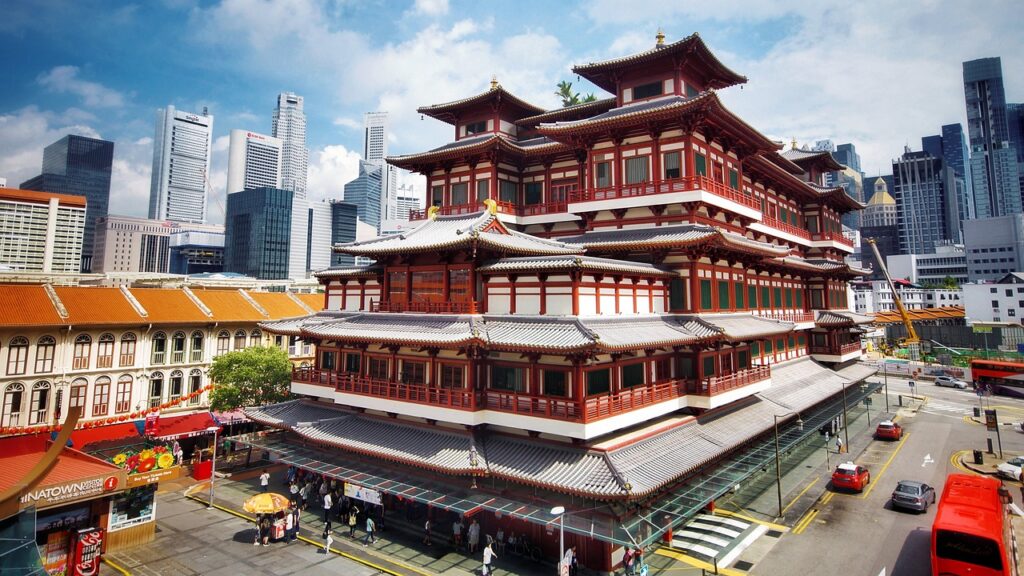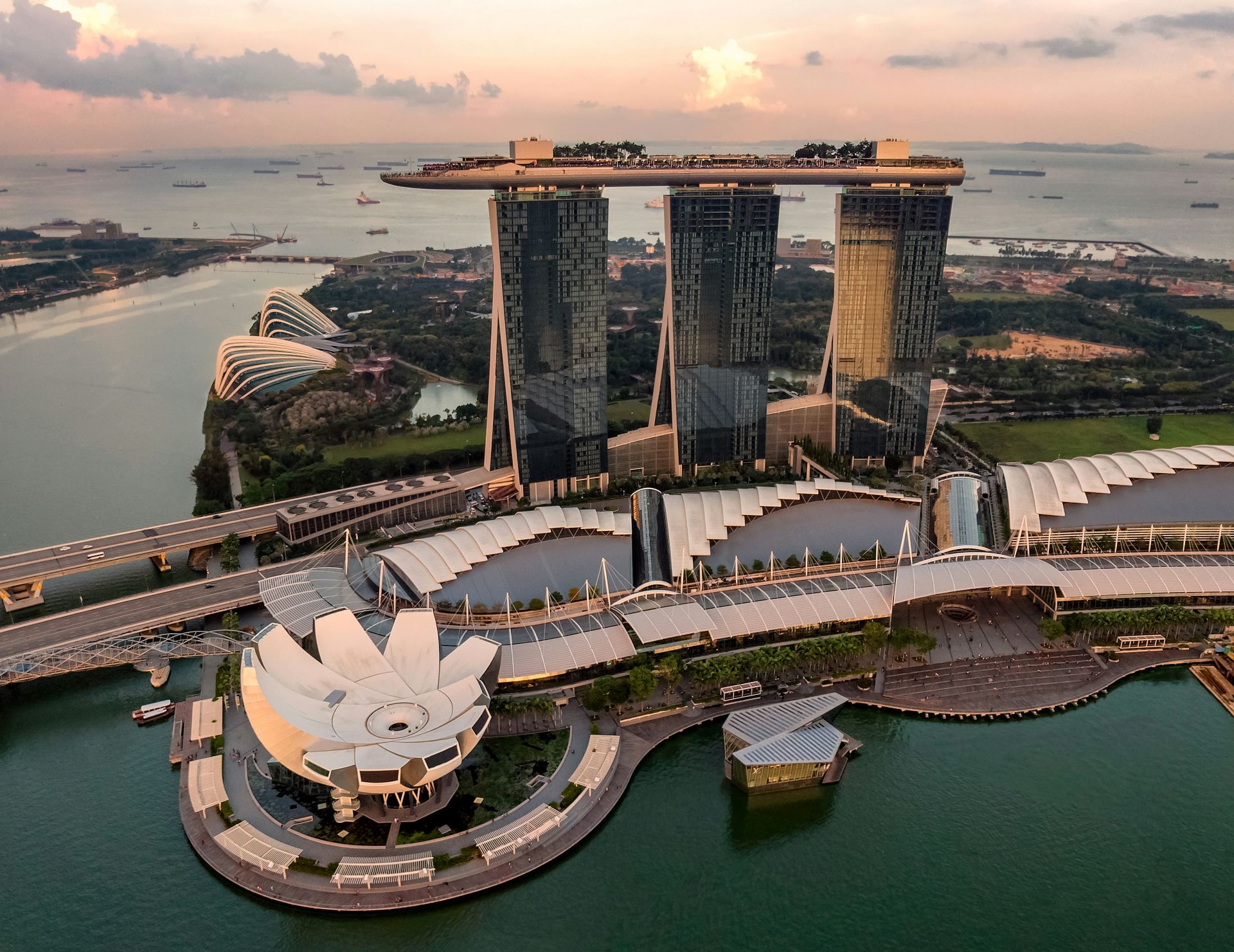Around the world in 80 seconds: navigating cultural differences in a global agency

By Chloe Tan, Singapore
In Jules Verne’s 1872 novel, main character Philias Fogg attempts to circumnavigate the world in 80 days. A century and a half later, going round the world in 80 days wouldn’t only be possible, it could be done 40 times over.
In the context of cross-global communication, it only takes 80 seconds to get in touch with colleagues in London, New York, Singapore or Sydney. Modern B2B SaaS and cloud technology companies now operate in a borderless digital world, where their users come from around the globe – companies now see the value in employing communications teams across regions to deliver communications strategies locally. Our clients now engage our PR communications services globally, for instance our client InEight, a leader in construction project management software, employs our teams in the UK, USA and Singapore. This means global agencies like Aspectus now play a pivotal role in bridging cultures and delivering impactful communication and marketing solutions. However, successfully navigating the intricate web of cultural nuances depends on the ability to understand, respect and communicate everyday differences that influence the way we work around the world.
Working in communications and PR in a global agency
With this in mind, and taking into consideration time zone differences and cultural nuances, working in public relations in Asia comes with its fair share of challenges. Below, we’ve put together the Singapore team’s top cultural considerations for the workplace, that might not be on your radar but could support you with future global working. These differences not only apply to how we deal with media, but also how we handle our clients.
- Language: While English is spoken in Singapore, much of the language borrows inspiration from the three other national languages: Malay, Mandarin and Tamil. Singlish is the Singaporeanised version of English and if you ever visit Singapore, you’ll recognise this distinctive and unique accent which combines many different languages and dialects. For instance, a common phrase used at the workplace in Singapore is ‘pang gang’ which comes from Hokkien dialect, which directly translates to ‘off work’ – this means you’re done for the day, you’ve completed your tasks and it’s time to clock out of work. It’s often used in a celebratory tone, when you’re finally ready to head out of the office. Another common one is ‘bojio’, which is translated from Hokkien and means ‘no invite’, jokingly used to call someone out when you’re not invited to an event, gathering or party.
- Working with media: A notable difference is the way we approach the media, we’ve noticed that our colleagues in the UK tend to ring up journalists on the phone more frequently, as compared to Singapore, where communication through emails is more widely accepted.
- Workplace hierarchy: Singapore is a relatively conservative country that is a mash of both modern luxuries and traditional values. This can translate to the workplace where a top-down hierarchy is mostly still practised. The subordinate-boss relationship is difficult to navigate, and it is sometimes difficult to challenge something your boss or senior says. While this is not something we experience at Aspectus thanks to our unique workplace culture and doesn’t reflect the global culture, it is still something to consider, as global agencies communicate with clients from around the world.
- Working hours: In Asia it is not uncommon for employees to come into the office before their seniors arrive and only leave when they do, irrespective of workloads or schedules. Interestingly this can have real implications on productivity. A recent global survey from Slack and Qualtrics found that workers in Asia are spending the most time on “performative work”, focusing on appearing busy more than doing real, productive work.
- Lunch hour: We’ve also noticed one big difference on everyday behaviours. A colleague from the London team noted the vast difference in lunch hour experiences between Singapore and London. In Singapore, at 12pm, there is a mad rush at food courts, cafes and restaurants – this could partly be the “kiasu” mentality, a colloquial term referring to the fear of losing out, like FOMO. You’ll notice long queues at every food store you could possibly find, and even snaking queues at lifts once the lunch hour is over. This is vastly different from experiences in London, where our colleagues would typically meal prep for lunch and have their meals at their desks. This could be due to the plethora of affordable food options in Singapore – there are practically food courts and hawker centres everywhere you go, and lunch sets you back just SGD$4 a meal. Eating out is probably more affordable in Singapore than in London. Another shared experience in Singapore is an unspoken practice where you have to reserve or ‘chope’ your seats in coffee shops and hawker centres before getting your food, and this is done by ‘choping’, done by using tissue packs, umbrellas, or really anything random.
Understanding and embracing diversity
All of this cultural diversity is a valuable asset that fosters innovation and creativity. However, to harness this potential fully, it is essential to recognize the unique perspectives and experiences, and embrace these differences. Our Singapore PR team has also shared their top tips to help navigate these cultural nuances, while working in public relations in Asia:
- Active Listening: Pay attention not only to the words spoken but also to the tone, body language, and context of conversations. This can help identify non-verbal cues and emotions.
- Clarification: Don’t hesitate to seek clarification if you are unsure about something. It’s better to ask for more information than to make assumptions.
- Written Communication: Be concise and clear in written communication, avoiding idiomatic expressions, slang and cultural references that may not translate well.
Working in communications and PR in a global agency is truly a unique opportunity to gain more insights from different cultural perspectives. After all, at Aspectus, we have a workforce that speaks 13 different languages and comes from 20 diverse nationalities. This diversity of culture and perspective leads to innovation as we work on bringing different ideas together – we’re all about weaving these cultural nuances into the fabric of our work, creating connections that transcend borders, adding values to our clients and creating impactful work.

